Songbirds are battling numerous threats, some of which might surprise you.
“It was a spring without voices. On the mornings that had once throbbed with the dawn chorus of robins, catbirds, doves, jays, wrens, and scores of other bird voices there was no sound; only silence lay over the fields and woods and marsh… Even the streams were now lifeless… No witchcraft, no enemy action had silenced the rebirth of new life in this stricken world. The people had done it themselves.” – Rachel Carson
Over half a century ago, Rachel Carson, conservationist and author of the influential book Silent Spring, warned the world of the environmental disaster that can unfold when a blind eye is turned on nature. Now, over 60 years later, a “spring without voices” may be fast approaching.
Songbirds are in Trouble
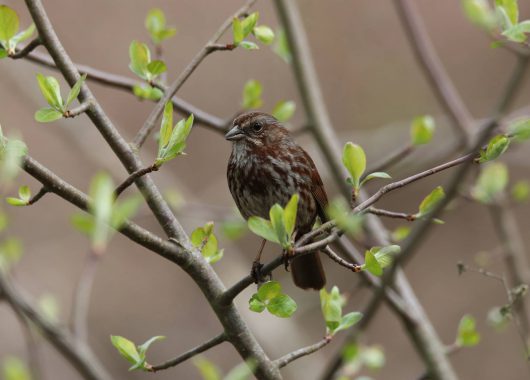
They are disappearing… and they are disappearing fast. A recent study from Cornell University suggests that approximately 48 per cent of existing bird species populations are declining. An even more striking statistic: across North America, over 3 billion birds have been lost in 50 years.
Why is This Happening?

To start, here are three threats responsible for songbird decline that you may have heard of before. There’s habitat loss, which is no doubt the biggest threat and very difficult to measure as birds are constantly moving and migrating. There’s also house cats. An astonishing 100 to 350 million bird deaths per year are caused by our fluffy friends who roam outdoors. And lastly; window collisions are a major threat to songbird disappearance. It is estimated that in Canada, 16 to 42 million bird deaths are caused from birds flying into our homes and buildings.
Some Reasons for Songbird Decline that Might Surprise You
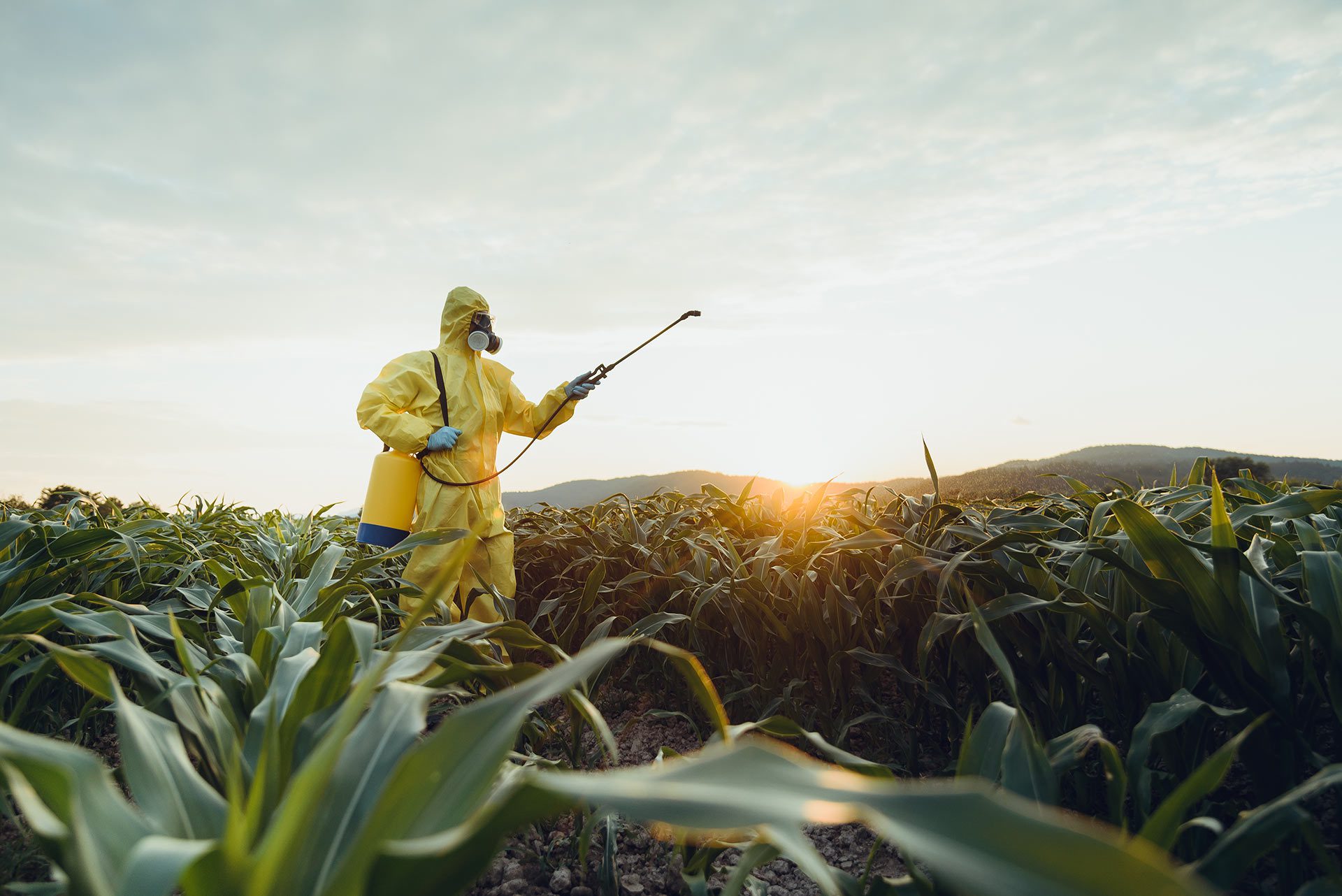
Harmful Algal Blooms (HABs)
Did you know that a threat facing our songbirds can be found in water? Have you ever gone swimming and noticed more algae appearing in places it never had before? A recent study found harmful algal blooms are jeopardizing the health of songbirds. While these algal blooms are not causing the immediate death of songbirds, they are contributing to a decline in their overall health, which can have consequences such as lower reproductive rates, weight loss, loss of immune function, etc. This is particularly important for migrating birds that need to be as healthy as possible to make the long journey. HABs such as red tides and blue-green algae across North America appear to be on the rise and threaten not only wildlife but humans as well.
Neonicotinoids
Neonicotinoids (also known as neonics), commonly associated with pollinator decline, are also having a devastating effect on songbirds. They are the new DDT (the first modern insecticide used in Canada in the 1940s) that Rachel Carson and so many others fought to remove. Ingestion of neonicotinoids has been shown to negatively affect songbirds in the following ways: delayed and reduced migration due to decrease in reproductive success, as well as reduced body mass and fat stores. Furthermore, neonics are reducing the insects that birds feed on. Aerial insectivores (insect eating birds) are facing particularly steep declines, many of which are classified species at risk (including several swallow and flycatcher species, the Chimney Swift and the Common Nighthawk). As Canada continues to backtrack on the ban of neonics, songbirds will continue to be the innocent victims. Other parts of the world such as Europe have already banned these pesticides – will we be next?
How You Can Help
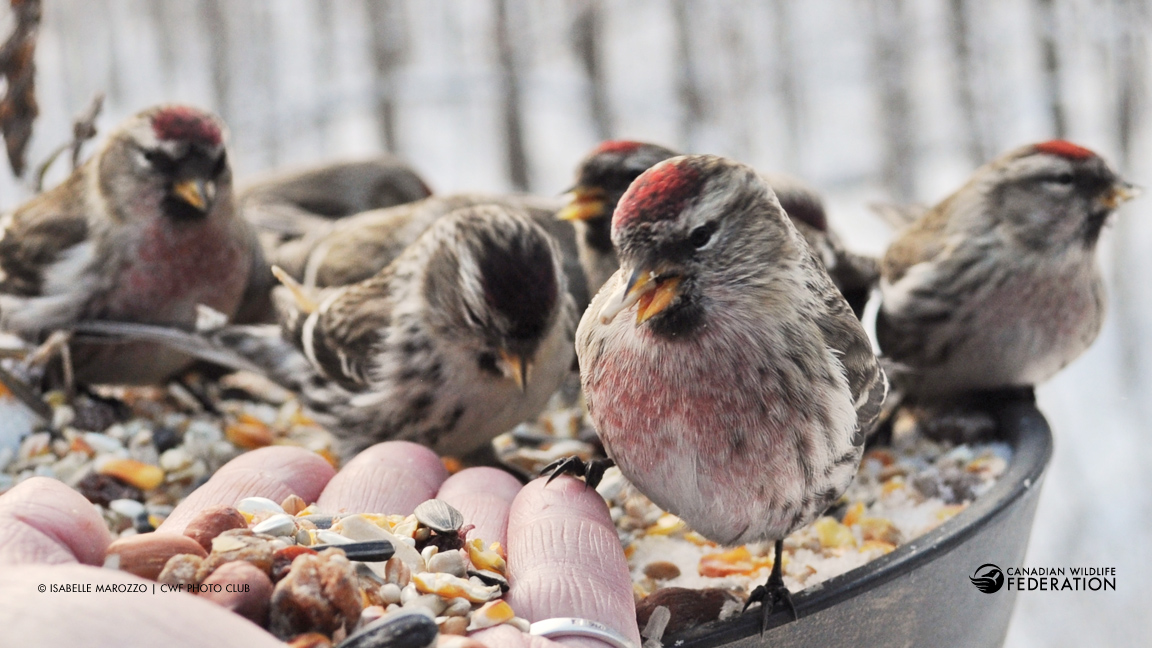
Fortunately, there are many ways we can help our feathered friends! Individual actions on a large scale can make a big difference. Perhaps start by making the windows in your home visible to birds with feather friendly window markers, a safe and easy-to-use solution to prevent bird collisions with glass surfaces. Another way to help birds is by keeping your cat indoors or on-leash when outside. When gardening in your backyard, avoid pesticides and plant native species. You can also use buying power and choose food that is produce without or with minimal pesticides! These are just a few ways to foster wildlife-friendly practices around your home and make way for a safer and brighter future not just for birds but all wildlife.


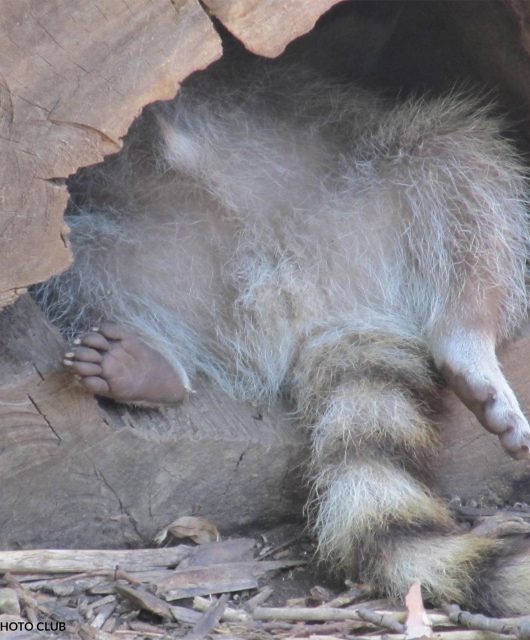
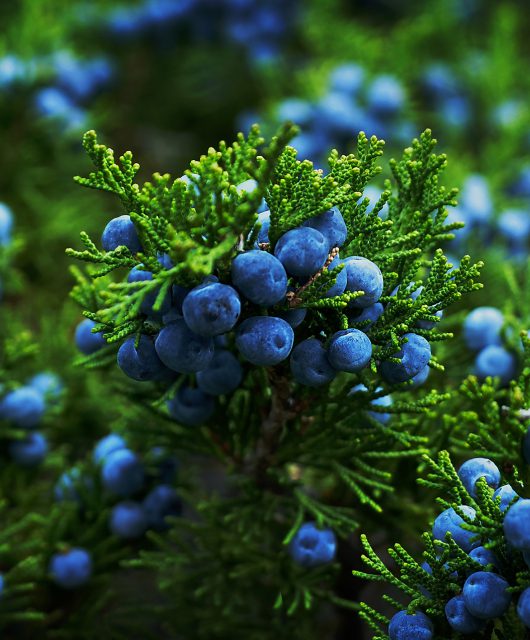
9 comments
I love the song birds i have bird houses in my back yard I feed all the birds .Last year i took out a old hedge that separates between the property in my front yard & replaced it with 8 beautiful deep purple Butterfly Bushes now i have so many butterflies that i have never seen before also many humming birds.took a small hook out to feed orange sections to the butterflies,birds & a humming bird feeder with sugar liquid.I have so many people walking by asking me where i got those beautiful bushes So maybe it will encourage more people to plant them also .I will have to get my daughter to take a picture when they come in bloom this year so i can post a photo.How do you like my REPLY
i will have to get my Daughter to take a picture
Great article. We have used the “black bird” stickers on our cottage windows for years yet we have at least 4 bird deaths a year from crashing into the windows. The stickers are plentiful. Are we using too many?
Hi! That’s a great question. The great thing about the Feather Friendly system mention in this article is that it addresses what the separate stickers don’t. It’s a dot matrix system that grids in a 2” square pattern. Research has shown that anything more than 2”square of glass space can look like fly-throughable space to a bird. People generally don’t use enough stickers to eliminate that fly-throughable space. Especially the dark stickers – they block human sight lines and so people use less of them even than the clearer style sticker with the UV coating. I’d encourage checking out the Feather Friendly system – it will really help eliminate the bird strikes while preserving your sight lines to outside. It’s a win win for you and the birds. 🙂
Not to many – not enough! Birds can’t distinguish any difference if they’re not closely spaced. The decals, dots, or strings should be 2” to maximum 2.5” apart. Bird Saver tape or a product called Feather Friendly (dots applied with a tape) can be put on the windows as a long term or permanent solution. A curtain of strings (which, if they sway, can be more widely spaced) against the glass is another solution: visible to the birds, and something you get used to seeing.
Do you sell stickers to put on windows to keep birds from flying into them. If you do not, why don’t you????????????
For us in our City there is a horrible concern over rats because our City has been building businesses and homes and digging up the areas rats have been hiding. Never have I seen rats in my City but now recommendations are not to put them out as rats are eating the seed.
I am devastated by this as I love birds and love to watch them on my feeders.
Do you have recommendations on feeders that are ratbproof. I’m going to try and build something to keep them off a big feeder this summer. Hoping it works. I can still put out my fountain fir them with water and bird houses up high with copper wiring around pole to deter rats.
Hello Ellen
Thank you for your comment. That is awful! David Bird, an expert ornithologist, did a Q&A with us a few months back and answers this question, as well as others. Hopefully this will help! https://blog.cwf-fcf.org/index.php/en/qa-with-avian-expert-david-bird-part-two/
We are so very lucky to live in the area of Niagara College in Niagara.
Birds constantly fly over our home on their way to the college he joy of ttrails and parkland.
MMy daughter who lies in South Africa constantly walks and is reminded of th e haddedas flying in Africa.
Thank you for making it possible to visit such lovely surroundings and the joy in viewing the work and beauty in our area.
Birds were crashing into my new windows. I put red plastic jewels about 1/2″ wide along the sill on the window. Birds will look like they are going to crash, but pull up once seeing the jewels. Sticking anything to brand new windows voids the warranty.